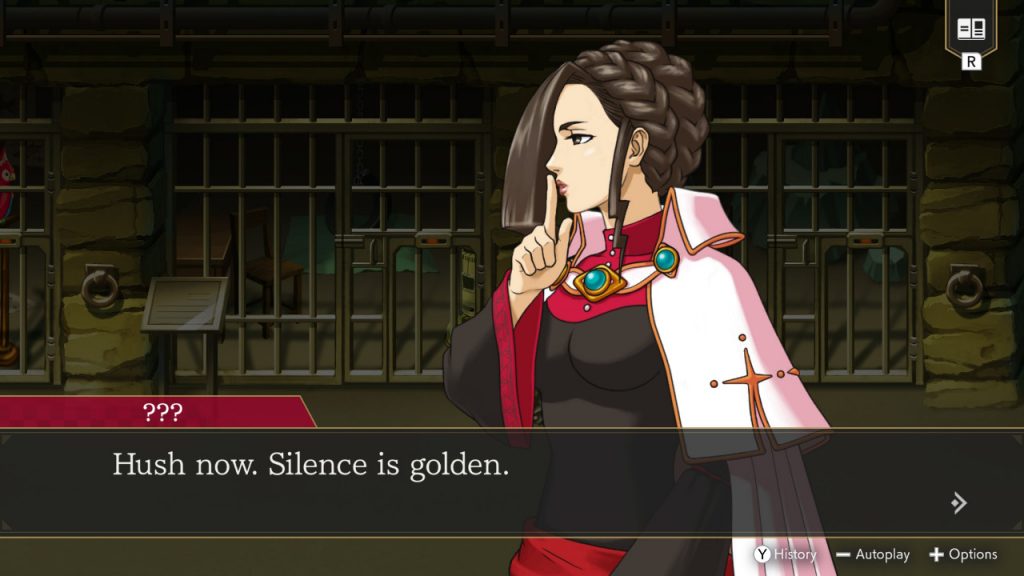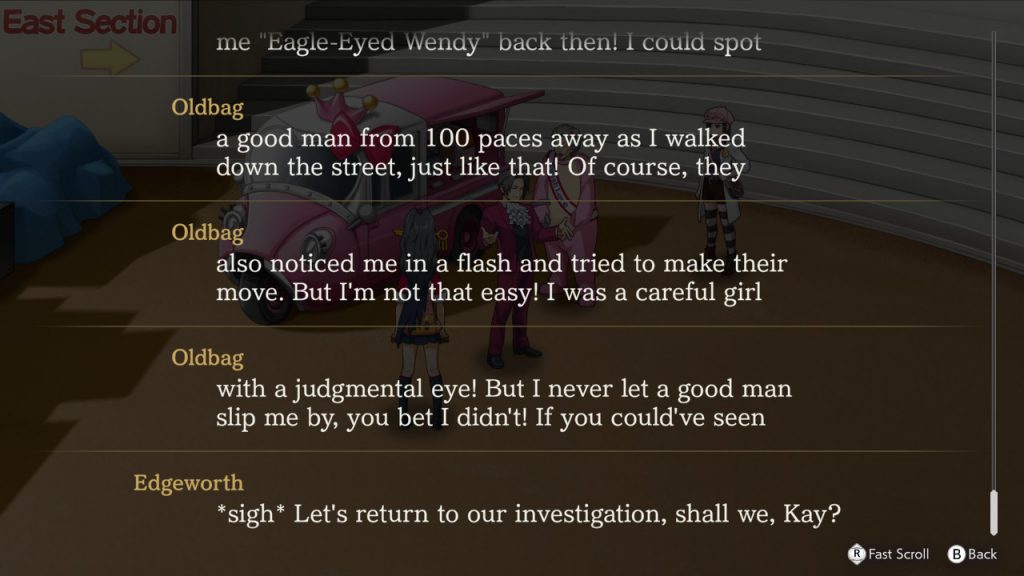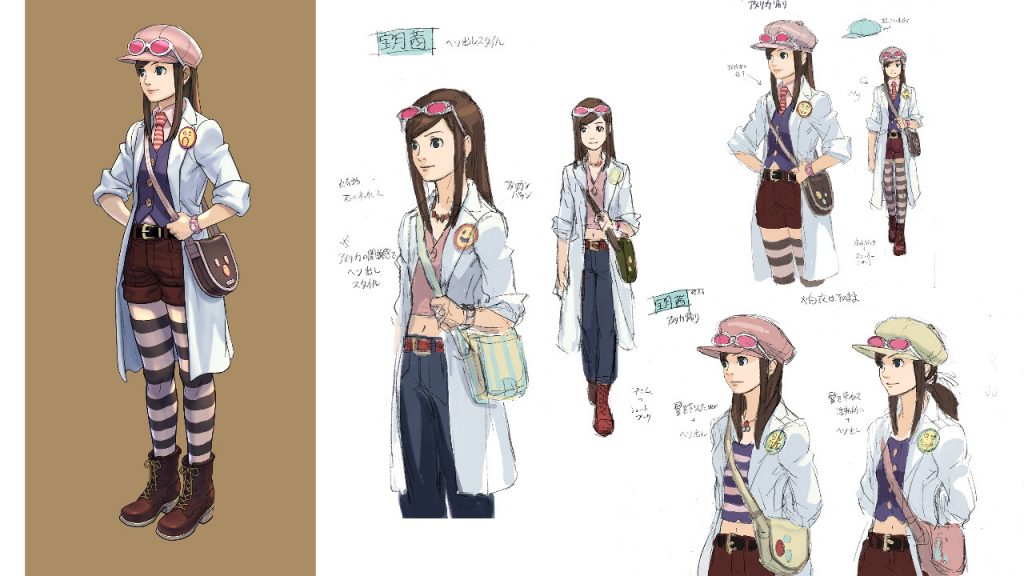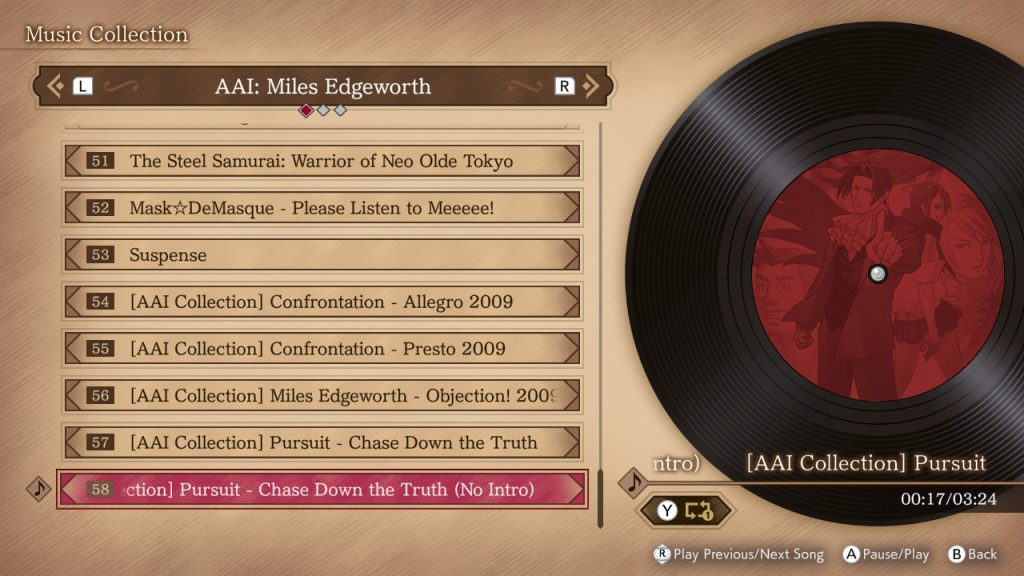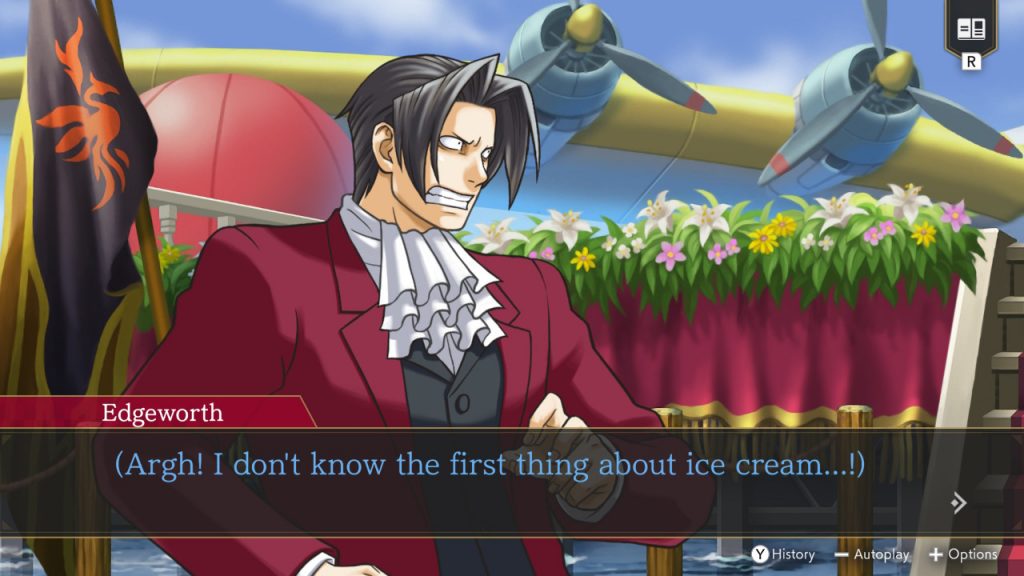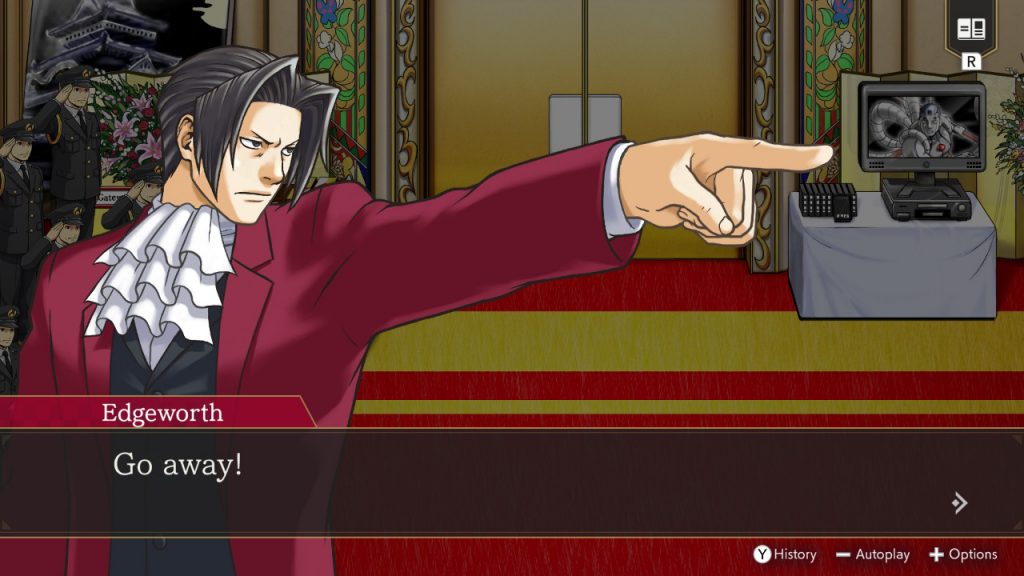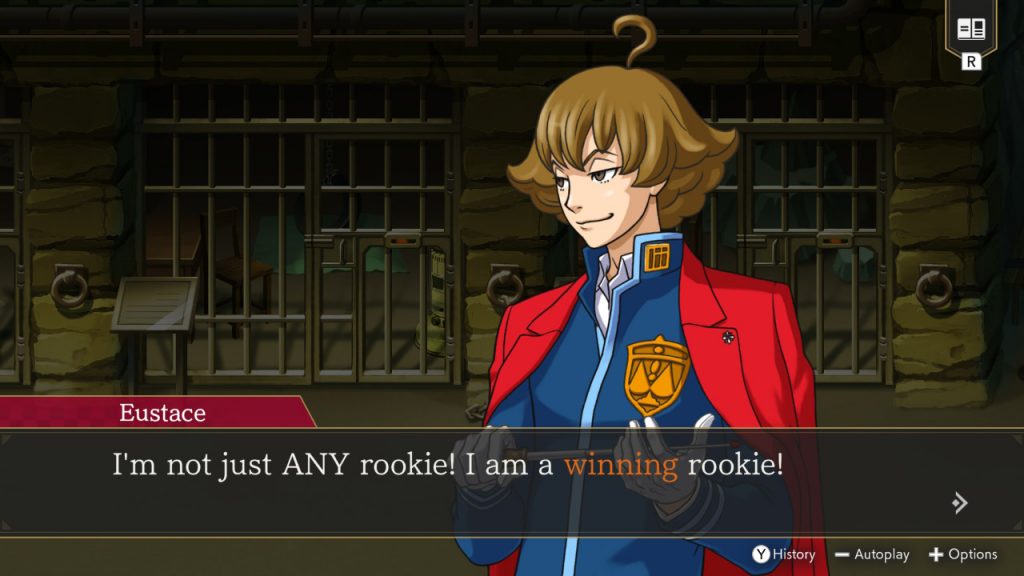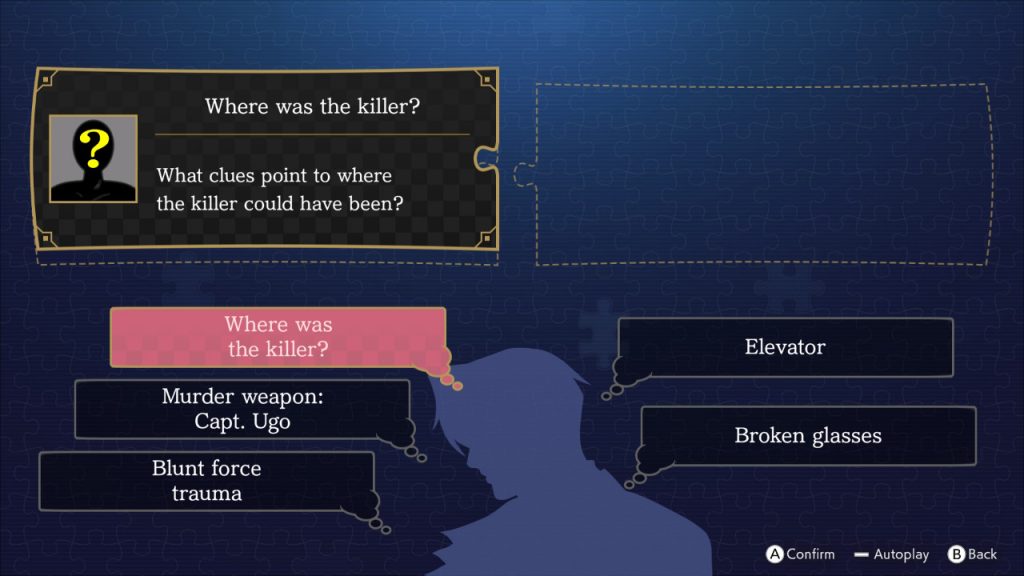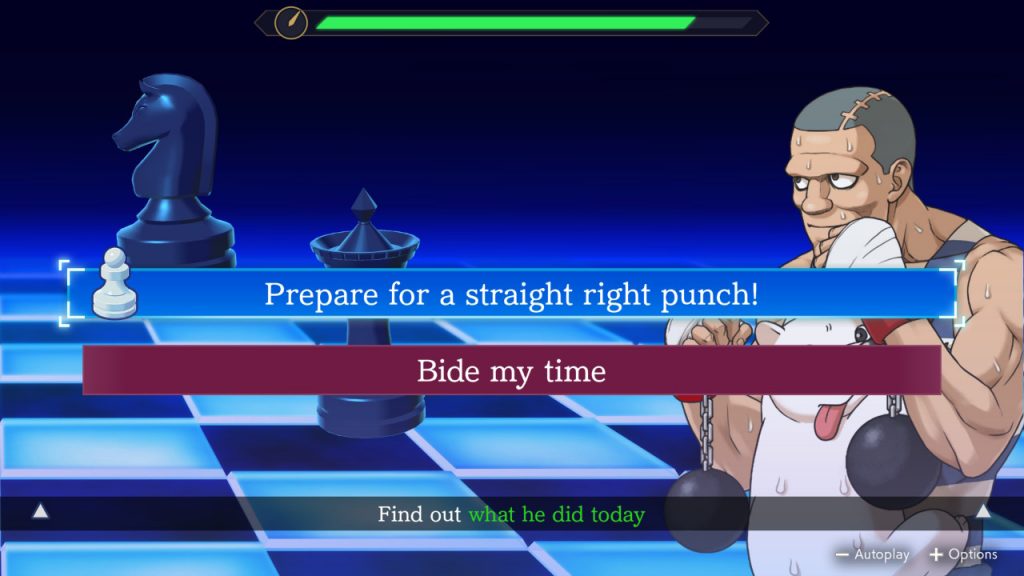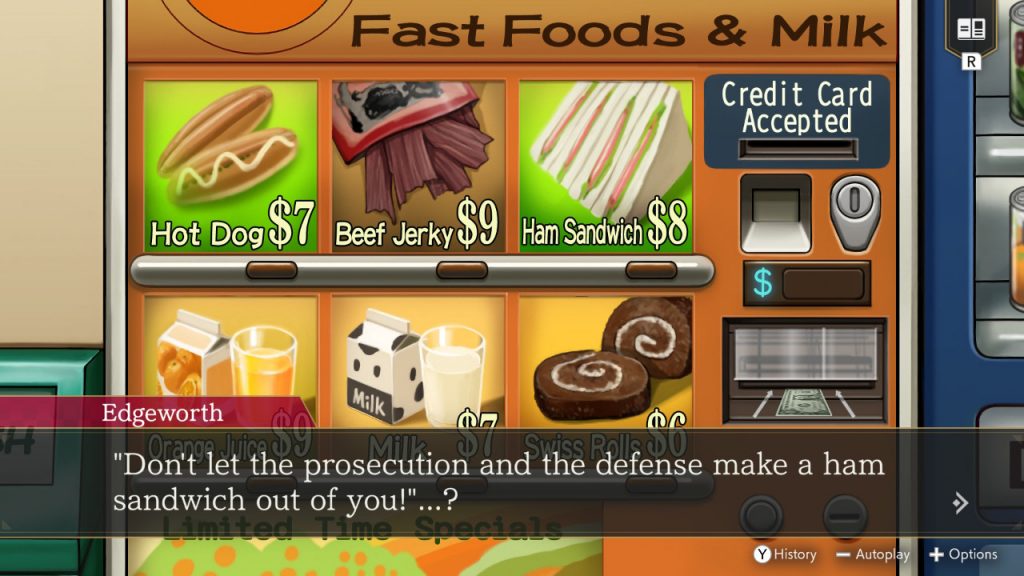Ace Attorney Investigations Collection Switch Review
Summary: The final piece of the Ace Attorney puzzle makes its way to modern platforms in a lovingly-made bundle of spin-offs featuring everybody's favourite red-clad prosecutor.
4.5
Every nook and cranny
Capcom’s Ace Attorney Investigations Collection caps off the porting of its entire flagship lawyering series to modern platforms. Respectively released for the Nintendo DS in 2009 and 2011, Ace Attorney Investigations and its sequel Prosecutor’s Gambit are the final games in the series receiving the modernised treatment, with PG receiving its first official localisation in the process.
The collection is a single-screen port, but unlike the mobile versions, is fully remastered and rendered in widescreen. Sprites and backgrounds are completely (and faithfully) redrawn but DS investigation mode sprites are also available as an option. Besides the graphical upgrade, the collection’s big selling point besides its accessibility is its quality of life features. The left stick makes Edgeworth run by default, but the original movement system is still available by using the D-pad or right stick to walk and holding B to run. The Autoplay toggle returns from The Great Ace Attorney and Apollo Justice Trilogy collections and progresses through dialogue at a press of a button, which also has an option to complete story puzzles for you as well. This is very helpful when you aren’t quite seeing the case the exact way the game wants you to.
I’d also be remiss to mention the checkmark on investigated areas, a small addition added in the Ace Attorney Trilogy collection that still goes a long way. The most useful addition is definitely the text log, I didn’t realise how much I used it in these two games until I went back to that first trilogy release which doesn’t have it. It’s incredibly useful if loading a save drops you right in the middle of the action, or just to finally be able to read Oldbag’s rants for once.
Additionally to the quality of life improvements, the collection contains a gallery. This is where you’ll find the music player and the achievements, but also an archive of concept art, character sprites and all their animations in the new and original styles. The music player contains the soundtracks from both games, as well as additional tracks like excerpts from the anniversary and orchestral concerts. Besides the DLC track re-arrangements (which are incredible), the soundtrack is faithful to the original games. The MIDI instruments and the compressed synths all sound identical to the DS releases, as do the few voiced exclamations.
The games follow prosecutor Miles Edgeworth and two major overarching cases that he finds himself involved with. It is set between the two mainline trilogies but is mostly separate besides a few cameo appearances. If you haven’t played Ace Attorney before, there’ll be a few nods to “this person” or “that person” that go over your head, but anything you need to know about returning characters is explained to you anyway.
Investigations was the first game to not be written by series creator Shu Takumi, and deals with a non-linear sequence of cases relating to an international smuggling ring and the “Great Thief” Yatagarasu. Aside from some roundabout ways of pointing out logic you’re already miles ahead of or ignoring also-correct evidence that proves the same point because the game says so, the game is pretty well-paced and the drip-feeding of information about its overarching theme keeps its intrigue going up until the end, which is the only major fumble — an absurdly long, comically-poor padded-out series of arduous final testimonies that somewhat waters down the unveiling of the master scheme.
The second game is set only weeks later with another conspiracy. This time the cases unfold in chronological order, but with a flashback to a case worked by Edgeworth’s father Gregory and his former mentor Manfred von Karma. It also delves further into Edgeworth’s ‘assistant’ Kay and his belief in the justice system itself as he comes to blows with new judge Verity Gavèlle, self-proclaimed child “prosecutor extraordinaire” Eustace Winner, and the omnipresent Committee For Prosecutorial Excellence.
Functionally, the games operate mostly like the mainline games, with the biggest difference being its investigation mechanics. There are still many spots where you’ll enter point-and-click mode to investigate in more detail, but the bulk of your investigation is moving freely around the area. Narrative sections also take advantage of this, moving character sprites around the space according to the events that are unfolding. It’s hard to go back to regular Ace Attorney investigation modes after seeing this in action. These games also add in Logic (connecting unexplained ideas and notes from the case) and Mind Chess interrogation (a mental game of manipulation to press more information) mechanics respectively, but these are comparatively smaller additions. Once you get into cross-examining testimonies though, you’ll feel right at home.
Final Thoughts
Ace Attorney Investigations Collection is the definitive way of experiencing the Investigations spin-offs, a faithful re-release bundle with quality of life additions and can be enjoyed without prior experience of the mainline games.



